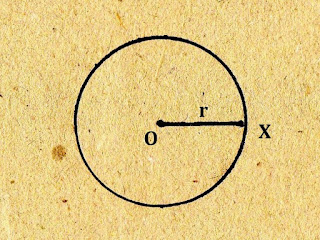PERFECT CUBOID

Perfect cuboid is an Euler brick having integer side lengths integer face diagonal integer space diagonal The problem of finding such a cuboid is also called the brick problem, diagonals problem, perfect box problem, perfect cuboid problem, or rational cuboid problem. No perfect cuboid is known. Equivalent to solution of Diophantine equations: a 2 + b 2 = d 2 a 2 + c 2 = e 2 b 2 + c 2 = f 2 A lso an extra following equation has to be added: a 2 + b 2 + c 2 = g 2 ( space diagonal equation ) where a, b, c are the edges and d, e, f are the diagonals. The space diagonal is g.

